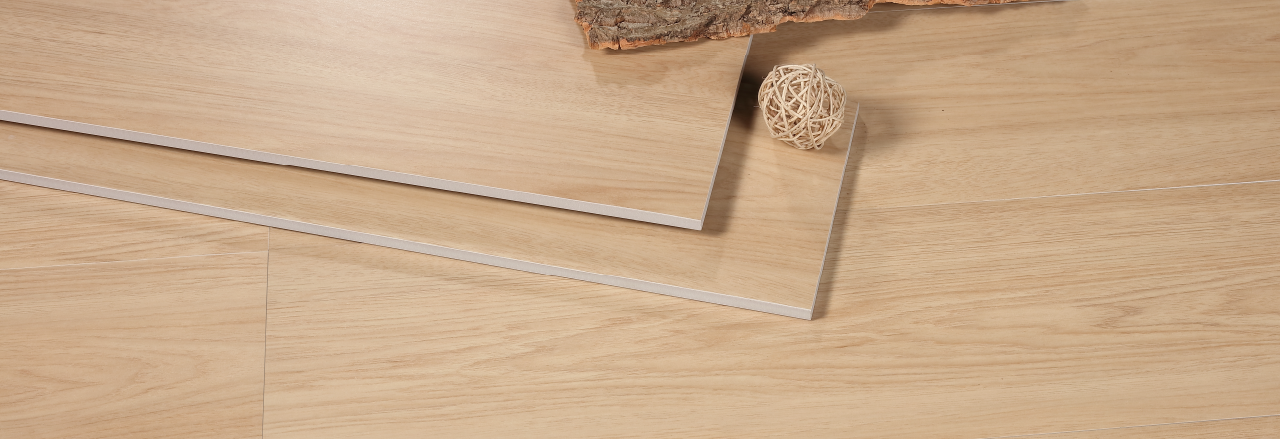When it comes to choosing wooden flooring, one of the most overlooked yet crucial aspects is wooden flooring thickness. It not only impacts how the flooring looks and feels underfoot but also affects its durability, installation options and even its compatibility with underfloor heating systems. So, how do you determine which thickness is right for your space?
In this blog, we’ll guide you through everything you need to know — from why wood floor thickness matters to helping you decide whether to go for 12mm, 14mm, or 18mm flooring.
Why Does Wood Floor Thickness Matter?
The thickness of your wooden flooring affects several performance aspects — including sound insulation, wear resistance and how well it can be refinished over time. Thicker boards usually mean a longer lifespan, especially in high-traffic areas. Additionally, thicker floors provide better stability, which is key for installations over slightly uneven subfloors.
Besides, in the case of engineered wood, thickness determines how many times the top veneer can be sanded and refinished. This makes it an important factor in long-term maintenance planning.
How Does Thickness Differ Between Engineered and Solid Wood?
Solid wood flooring is typically available in thicker profiles, often ranging from 18mm to 22mm. Since it’s made from a single piece of hardwood, it can be sanded and refinished multiple times over its lifespan. However, solid wood is more susceptible to expansion and contraction due to humidity changes.
Engineered wood flooring, on the other hand, consists of a top layer of real hardwood bonded over layers of plywood or high-density fiberboard. It’s available in various thicknesses, commonly between 12mm and 20mm. The top hardwood layer (called the wear layer) is thinner than solid wood but designed to mimic its appearance and feel.
So, how does thickness differ between engineered and solid wood? Engineered flooring is generally thinner and more dimensionally stable, making it suitable for a broader range of environments including basements and flats with underfloor heating.
What Thickness is Ideal for Underfloor Heating?
If you’re planning to pair your wooden flooring with underfloor heating, thickness becomes even more important. Thicker boards act as better insulators, which can reduce heat transfer efficiency. For this reason, the recommended thickness for underfloor heating typically ranges from 12mm to 15mm especially in the case of engineered wood flooring, which is better suited to handle the heat expansion.
A 14mm engineered wood board with a 3mm to 4mm wear layer is generally considered ideal for underfloor heating. It strikes a balance between structural integrity and efficient heat conduction, while reducing the risk of warping.
Should I Choose 12mm, 14mm, or 18mm Flooring?
Choosing between 12mm, 14mm, or 18mm flooring depends on your subfloor, room usage, and long-term expectations.
- 12mm Flooring – Best suited for low-traffic areas or where low floor height is critical such as when you’re retrofitting flooring without removing existing door frames.
- 14mm Flooring – A versatile option, perfect for homes with underfloor heating and moderate footfall. It offers good stability and a decent wear layer for refinishing.
- 18mm Flooring – Ideal for heavy-traffic areas or if you want flooring that will last decades. This thickness allows for more sanding cycles and a more solid feel underfoot.
Conclusion
Choosing the right wooden flooring thickness is not just a technical decision — it’s about finding the perfect match for your home’s needs. From understanding why wood floor thickness matters to evaluating how thickness differs between engineered and solid wood, this guide should give you the confidence to make a well-informed choice.
Whether you’re installing wooden flooring with underfloor heating or debating between 12mm, 14mm, or 18mm flooring, remember: the right thickness ensures not only visual appeal but also structural reliability for years to come.

